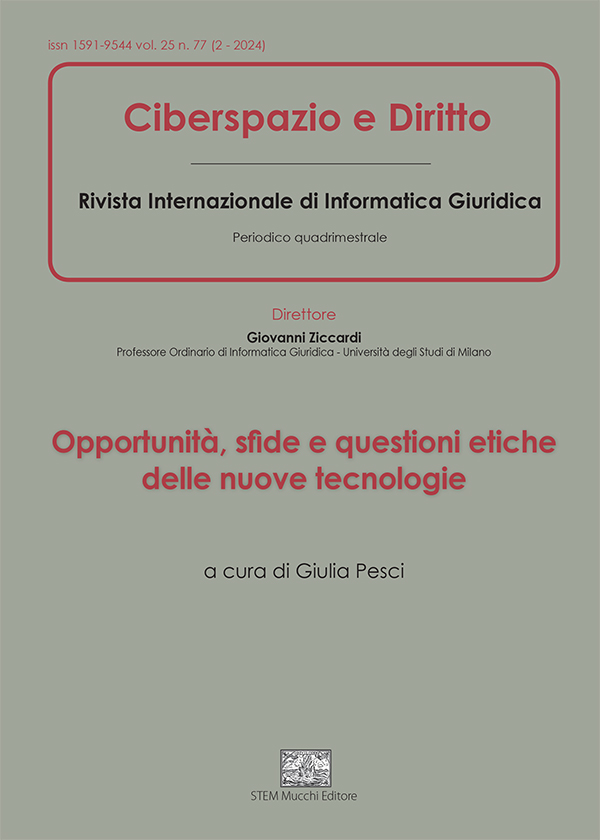Il presente elaborato fornisce una panoramica dei principali strumenti utilizzati dalle forze dell’ordine nell’ambito dell’attività di polizia predittiva dotati di software intelligenti. Si analizza l’utilizzo di tali strumenti, sollevando questioni giuridiche legate al bilanciamento tra il diritto alla riservatezza, alla sicurezza e alle garanzie processuali. Il focus principale dell’elaborato è il secondo paragrafo, in cui viene esaminato il metodo investigativo impiegato nella lotta e nella repressione del crimine organizzato dalla polizia giudiziaria, noto come “crime linking”, e il metodo di intelligence tipicamente utilizzato da Eurojust ed Europol. L’analisi si concentra sulla diversità di elaborazione e acquisizione dei dati che sottendono l’attività investigativa predittiva, nonché sull’utilizzo delle diverse tecniche per acquisire prove digitali.
This document provides an overview of the main tools used by law enforcement in the field of predictive policing, which are equipped with intelligent software. It analyzes the use of such tools and raises legal issues related to balancing the right to privacy, security, and due process guarantees. The main focus of the document is on the second paragraph, which examines the investigative method used in the fight against organized crime by the judicial police, known as “crime linking”, and the intelligence method typically used by Eurojust and Europol. The analysis focuses on the diversity of data processing and acquisition underlying predictive investigative activities, as well as the use of various techniques to acquire digital evidence.

